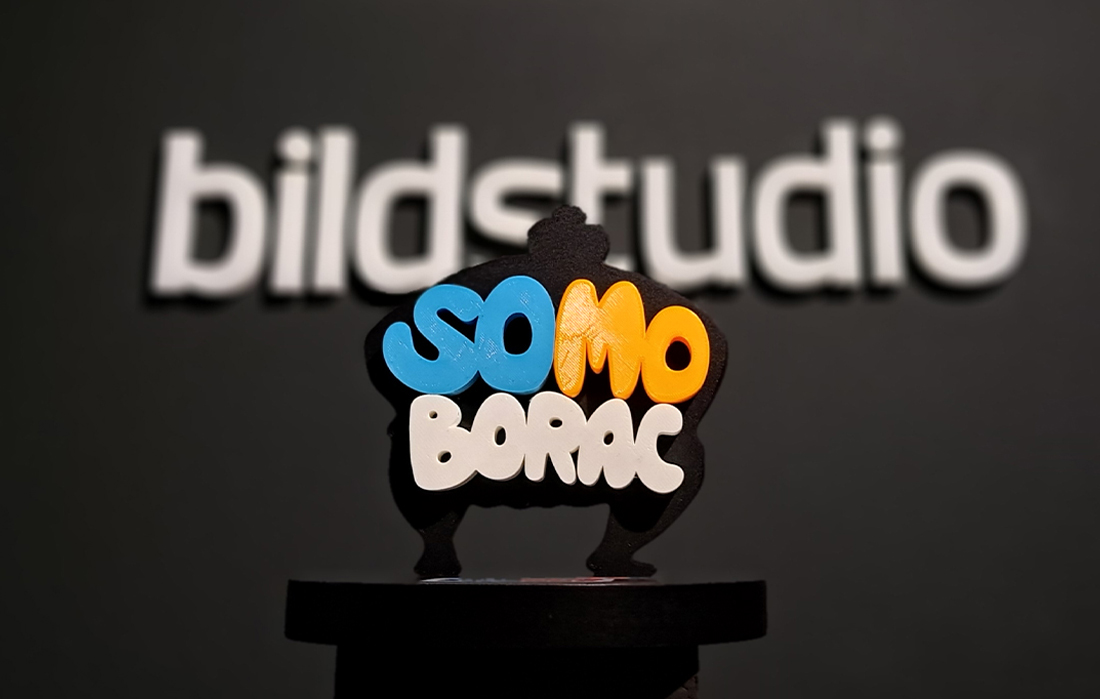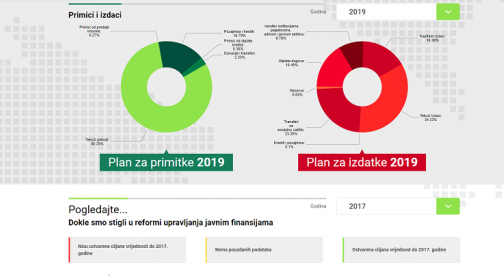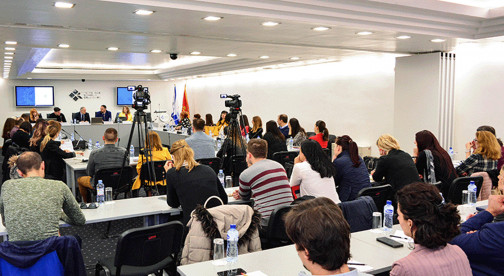Project manager or Scrum Master? Should Yesenin live today and should he be in my old All Stars, maybe he’d say: Who am I, what am I, I am just a dreamer… of project management?
But since he’s not and since we don’t want to dream and think more than we should, I’m gonna tell you a story of the Certified Agile Scrum Masters course. CEO and Co-Founder of Agile Humans, Jasmina Nikolic, taught us some new stuff and it’s safe to say that she resolved some doubts that we probably had.
Let’s start from the beginning – What is Scrum?
By definition, Scrum is a framework which helps people, teams and organizations to generate added value through adapting to complex problems.

To put it simply – Scrum is an agile way of thinking, a system of principles and values, which are suited for fast paced changes and the environment a modern enterprise does business in. It comes down to the responsibility of an individual, really, but since it’s a tool for teams, all of them combined count for a compact team, with all the synergy involved.
Foundation of the methodology is based on 12 principles of Scrum. You can find and analyze them here, but if you want to dissect it, the Scrum manifesto could be read through four points.
- Individuals and interactions are beyond processes and tools
- Working software is beyond comprehensive, thorough documentation
- Buyers’ cooperation is beyond contract negotiations
- An answer to instant changes is beyond any plan
What does it all mean? If you ask someone who is in this business for a long time and maybe old-fashioned, they will tell you that these four points are a “mission impossible” and they can never be true.
Main issue with “traditional” management teachings is that they never got to the bottom of the importance of changes, especially those that happen out of the blue, during the process itself. And that is the core belief of Scrum methodology.

Let’s talk about Scrum values
At this point you understand that the sole individual, his characteristics and roles and what he/she contributes to the team is of most importance.That’s because all of those values are then transferred to the team.
Scrum makes an individual special, but as a member of the team. To put that into perspective, we have to talk about key values of every part of small Scrum team:
- Openness – all of the team members and other parties must be open regarding work processes and all the challenges during the project
- Respect – all of the team members respect independent thinking and abilities of the people working they work with
- Commitment – everybody must be committed to the to the goals of the Scrum team
- Focus – everybody must be committed to the processes of the Scrum team
- Courage – this might be the most important trait for all the people involved who are brave enough to deal with tough situations
When Jasmina asked, which of these five values would be most challenging for us, as someone who is just beginning to scratch knowledge of agile methodologies I said: What i’m most afraid of is courage.
We laughed for a couple of minutes to my clumsy formulated sentence, and I don’t like to brag (I do), but she said that she hasn’t had a better answer in some time.
But it wasn’t the wrong answer and it doesn’t contradict Scrum itself. Because, you see, courage doesn’t mean lack of fear. On the contrary. It means having fear and overcoming it, by following all of the rules of Scrum methodology.
Main link in Scrum team – Scrum Master. What does he/she do?
- Promotes and supports Scrum by helping others to understand Scrum theory, practice, rules and values
- Makes sure that the team is fully functional and productive
- Smashes obstacles, builds transparency and widens adaptive culture
- Mediates between all the parties involved
- Makes a schedule and invites for ceremonials (well-known team meetings), facilitates all of them
- Protects the team from outside influences
Different Scrum Masters – different types of Scrum Masters
- Facilitator – the aim of facilitation is to ease the process and to guide the team (the one who supports, encourages, gives counsel)
- Mentor – this one is simple – he teaches others
- Teacher – passes the Scrum knowledge
- Coach – asks questions and seeks no answers, but helps team members to figure them out on their own (so-called co-active role)
Scrum Roles
Let’s take a step back – to theory and definitions of Srcum roles. Scrum team should be 10 members tops, and there are only three roles:
- Scrum Master – a person who completely owns Scrum methodology and passes it onto other team members, by following all the principles
- Product owner – a person who can be portrayed as a decision maker. It’s mostly someone on the client side, in charge of communicating about everything the product needs and how he/she sees the final version of the product. Also, he/she handles all the stakeholders
- Developers / team members – developers, designers, system architects… whoever is building the product and working towards main Scrum goals
So, if the Scrum team has only three roles, we come to the question – what the hell is, conventionally called – Project manager?
By the Scrum definition, Project Manager covers two positions actually – Product Owner and Scrum Master. That means that he/she is responsible for communicating with clients and team and all of the decisions, ergo – the consequences of those decisions, too.
So, is this an outdated method of project management? Sure. Because it’s hard for Project Manager to know all of stakeholders’ concerns as Product Owner should. On the other hand, he/she can’t be committed to the team as much as the Scrum Master. Agile ways of doing things and slow or non-existent adjustments are not compatible. And, it seems that an agile way of thinking is at the core of every successful project.
So, where’s Bild in this Scrum story?
I know that most of the clients (all of them, really) don’t have their own Product Owner. So, I thought – we won’t be able to use Scrum methodology.
But I was wrong. Why? Because, even though Scrum thrives on well established rules, models and principles, it doesn’t exist in its original form when it comes to doing business. Luckily, there are a number of hybrid models which work. One of those is the Spotify hybrid model. It shows how you can use Scrum and disassemble it to take everything you need from it and adjust it for your organizational structure. That is, if you really want to be agile.
So, what comes next? Further agilisation and hybridisation of all the things out there and implementing everything that we’ve learned. In the end, to give you a brief answer to a question from the top: Yes, I want to trade manager for a master in me.
This story wouldn’t be half as good if I forgot to mention all of the samurai who were there with Jasmina and me:
Dženita Karović, Nino Šuntić, Milica Brkuljan, Amra Jukić.




















